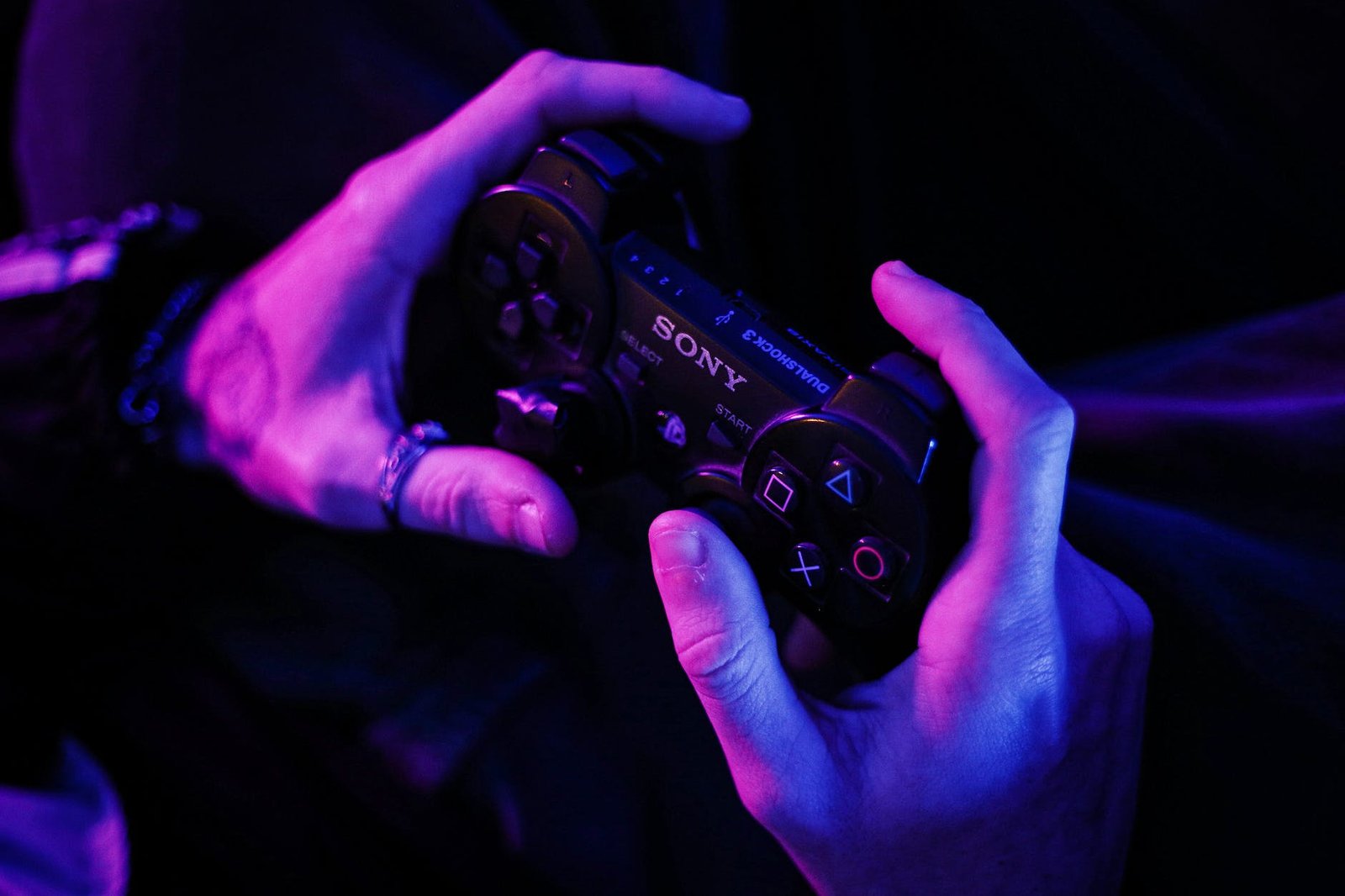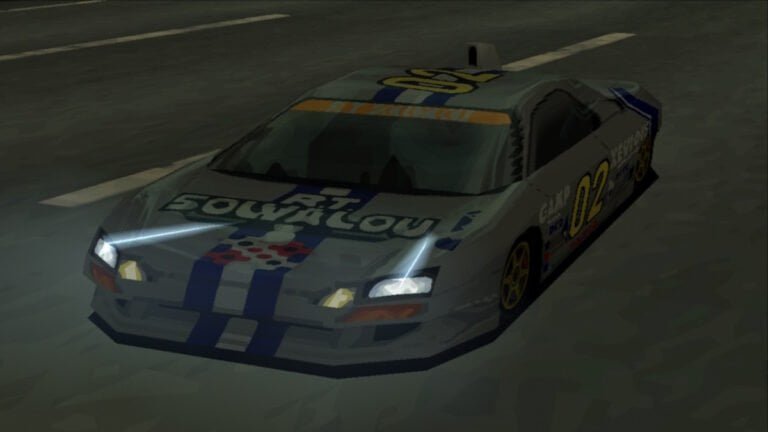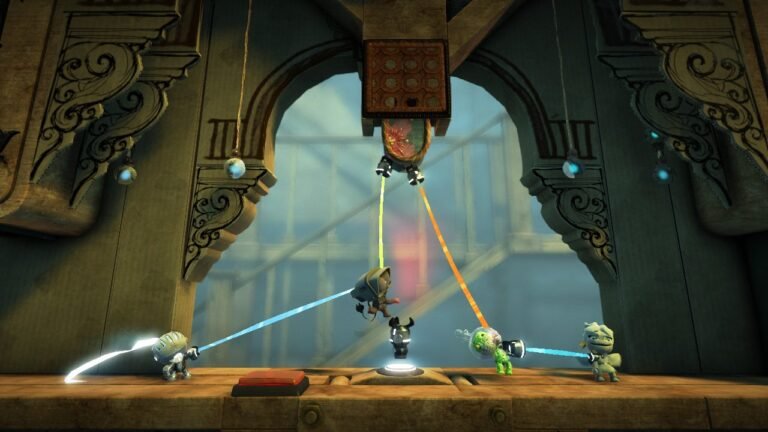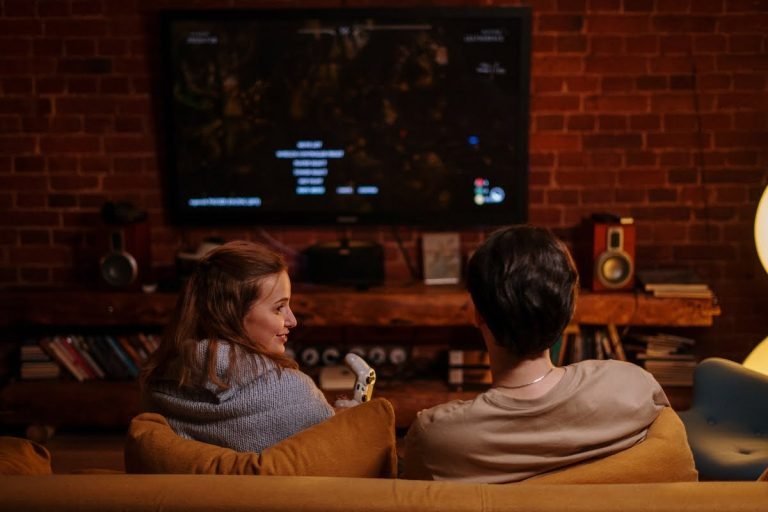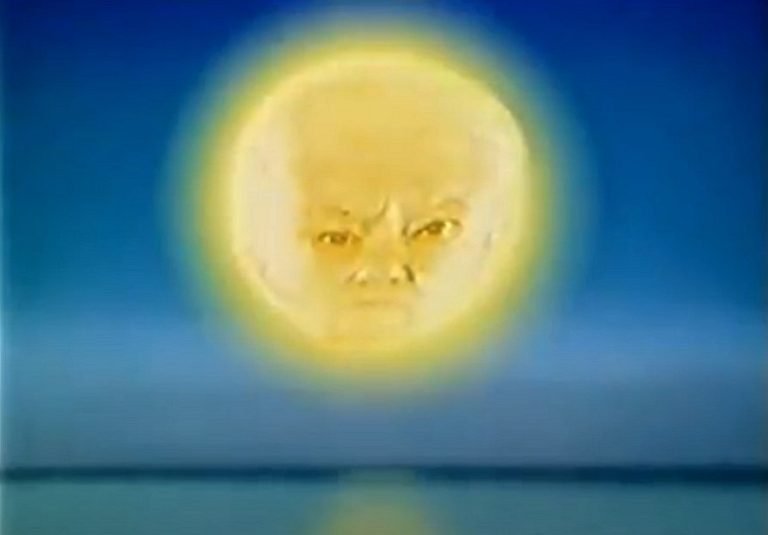The Playstation 2 Launch, When Namco Lost Its Way
On March 2nd 1999 Sony went ahead and took the attention of everyone everywhere with the first public display of its PlayStation 2 console. Looking like a hi-fi module, it was powered by something that Sony called The Emotion Engine. Or was it called An Emotion Engine? That Emotion Engine?
It was one of those and Sony were banking on you having an emotional response to it.
Looking over pictures of the tech demos that were shown in magazines my reaction was somewhat lustful. I had recently bought a Dreamcast on Japanese import though, and was loving it, so I didn’t need Sony ruining Sega’s virtuous comeback. However good the PlayStation 2 would be, it mustn’t get in the way of Sega staying in the hardware market. That couldn’t be allowed to happen.
Tempted by Sony
But there again, one of the tech demos was of Namco pit lane pin-up gal, Reiko Nagase and I had already thought that she was the best-looking piece of cartoon since Jessica Rabbit. Well, I’ll get one then, I thought.
I was also the sort of deficient who actually enjoyed Tekken 4 when it finally rolled out.
Another highlight was Namco’s Tekken demo, which was all high polygons and inch for inch, very next generation. Namco were all over that announcement day, and so were Square, who showed off their upcoming backstreet-chic brawler, The Bouncer. Right from the off it was clear that this machine, charged with continuing the success of the conquering PlayStation brand no less, was not going to fail. Which of course it didn’t, even if the quality games took a little while to get going.
Let me tell you, this thing stumbled about for quality for its first season. You would struggle to find one that hadn’t already been taken up with a pre-order, and when you did get one, you had to wonder… where had all the colour gone? And in particular, what had happened to Namco?
Was the Dreamcast really going to lose to the likes of Tekken Tag Tournament and Ridge Racer V from Namco, or TimeSplitters or Onimusha? Remember what they were like?
I do, but for the purposes of time we will stay with Namco, those previously robust genre-busters. They knew how to showcase a machine, or so I thought.
Bubblegum Crisis
When I got my machine it was Ridge Racer V that I first played. It was important, legacy-wise, as Ridge Racer had been a definitive series for the first PlayStation from its earliest days. And Reiko Nagase was in it.
Only she didn’t look right. Someone had set her colour faders to grey… in fact it quickly became apparent that someone had set all the colour faders to grey. Where had all the California bright, disco lights gone? Or the standard, button-cute sunset strip of chicanes? It looked for all the world that the life had been sucked out of it. It looked like a piece of used chewing gum.
Ridge Racer Type 4 was a sobering downgrade in scope, in direction, and in tone. It was almost as if this series was having a crisis of confidence.
Now it did have Boom Boom Satellites on the soundtrack. I already liked them a lot and their pounding drum routines fitted the whole thing better than anything else did, at least what there was of it. After a little while of playing, I couldn’t sure that it wasn’t a demo. Ridge Racer Type 4 had been huge. It had gone into a scale of economies battle with Gran Turismo and you could tell, with over 300 cars and variants thereof.
Plus, it was the last word in jazz-tinged, nineties Namco cool. This big new Emotion Engine follow-up featured 18 cars. Total.
Now, you did get over a dozen tracks, which was a good amount for the time, but Namco had built a steady reputation of extra content for the home versions of their arcade brands. Maybe that had gotten a little out of control for Ridge Racer Type 4, but this was a sobering downgrade in scope, in direction, and in tone. It was almost as if this series was having a crisis of confidence.
Tekken into care
I didn’t quite understand it, even though I played it through; but not to worry I told myself, because Namco had another of their top tiers ripe and ready on release. And this one came with a twist.
Tekken on PlayStation 2 was the same story as Ridge Racer, only more so. Other racing games were good and always a possibility on the PlayStation, but Tekken was THE fighting game for the machine. Anticipation was of course rightly high for this one, despite Tekken having fallen somewhat behind the competition on a technical front. But Tekken Tag Tournament, running on Emotion Engine tech was going to level everything.
The characters looked amazing. Namco had thrown a lot of those polygnomes into these pugilists and it worked a treat. The whole game had been a carry over from the now four year old Tekken 3 chassis, and it never could escape it, but Namco really went to town updating the details of their backstreet brigade. They had been amongst the highest of peers at the time for that sort of thing.
Going nuclear
But what had happened between the space the fighters occupied and the staging around them, I do not know; I only know the clear and abrupt tear in the fidelity between the immediate and far background. You could really tell. It looked really rough, and Namco had only recently developed that total-overhaul conversion of Soul Calibur to Dreamcast.
I wanted to be sick.
The press reported that enough networked PS2s could detonate a nuke. But early on it seemed the PlayStation 2 couldn’t blow up a balloon let alone a thermonuclear detonation that worked through a Scart lead.
It had been the sort of thing that was excusable a generation before, when lifelike polymongs moving at 60 fps was too alluring to search for the seams, but in the realm of fighting games, Virtua Fighter 3 had already ended that some years earlier, achieving a fidelity that the new breed of home machines were looking to meet. Soul Calibur, from Namco itself, had made that parity in 1999, as had Tecmo with Dead or Alive 2.
Both were available on Dreamcast.
Tekken Tag Tournament looked deficient. The flat plain of its field still grafted to too much of yesterdays tech. Why did it still look like Tekken 3? Why did it still play like Tekken 3, but now with an intrusive tag mechanic?

Perhaps more to the point, why exactly did I fork out for this machine? The hot technology of the moment, that the press were reporting could somehow start a nuclear device if you got enough PlayStation 2’s together and gave Osama Bin Laden some sort of Universal PlayStation Control Pad. At the early doors of this incredible machine it felt like it couldn’t blow up a balloon let alone begat some thermonuclear exclamation that worked through a Scart lead.
I was very disappointed. But then again, happy. There was no way that Sega’s Dreamcast was going to be doomed by this, right?
Namco down, Sega out
I feel that Namco never fully recovered from this. To the PlayStation brand as the next few months and then years rolled, it wouldn’t matter. Sony was on its way to a tally of over 150 million units sold. One hundred and fifty million. Hardware units. Amazing. I must have owned at least two separate ones myself over the years, but it was so ubiquitous that I couldn’t be sure. It might have been three. They did break down, I remember that, and that was just another fresh sale for Sony.
But Namco never came back. There were other games, but the arcade had been abandoned at the time and it seemed to middle its way through relevancy for the rest of the generation. A shame, but I lost Sega as a manufacturer during that time, so I am not going to be inclined to lever Namco much leniency.
Maybe I will though, because maybe I was also the sort of deficient who actually enjoyed Tekken 4 when it finally rolled out. Yes it was messy, but Tekken was. What did you want, Virtua Fighter? On PlayStation!? Pull the other one!
Oh hang on…
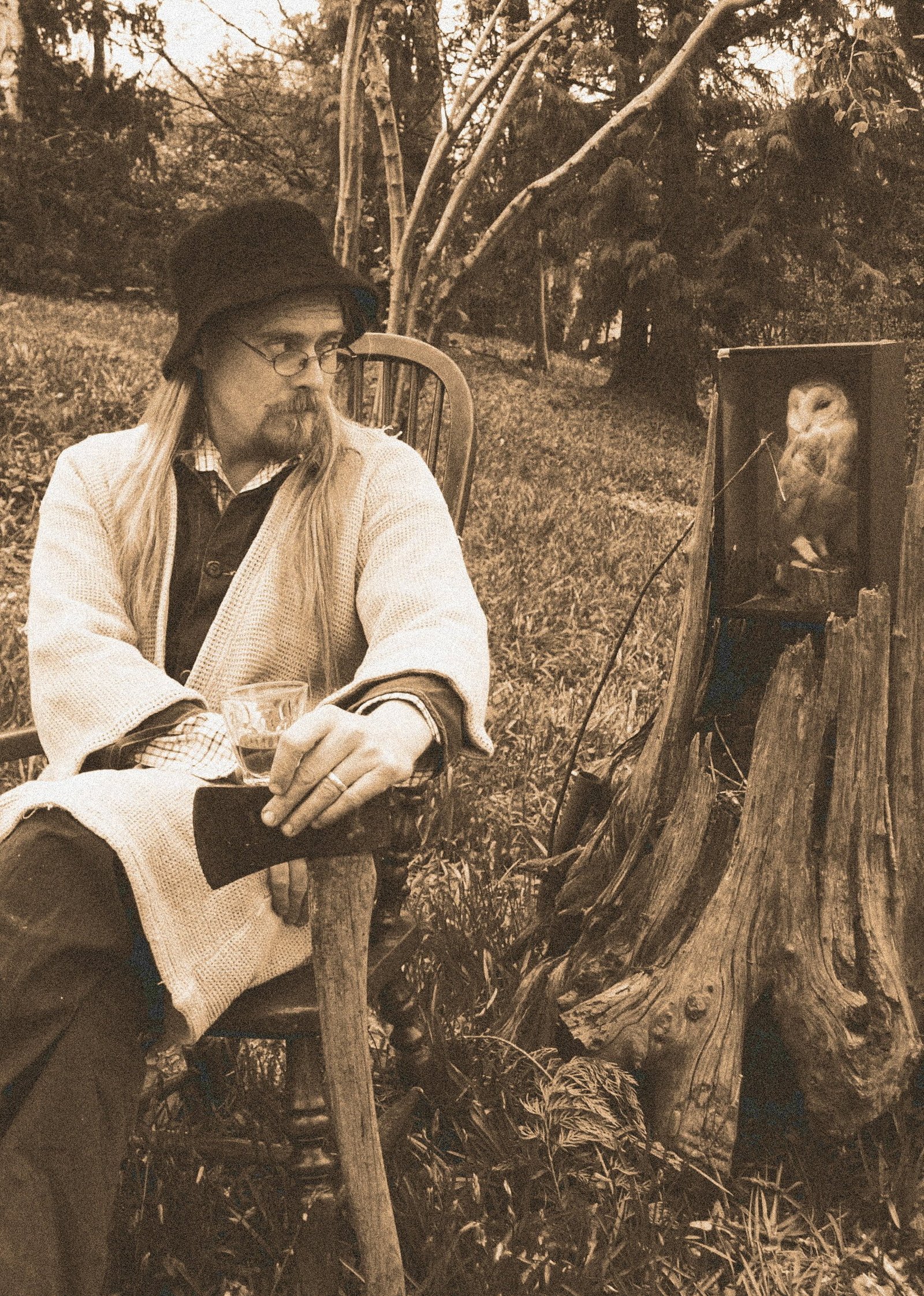
John is a writer and gardener. He comes with various 90’s Sega attachments and is the author of The Meifod Claw and other works. His favorite tree is a copper beech and he would like his coffee black without sugar, thank you.
